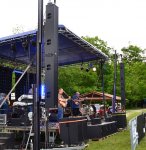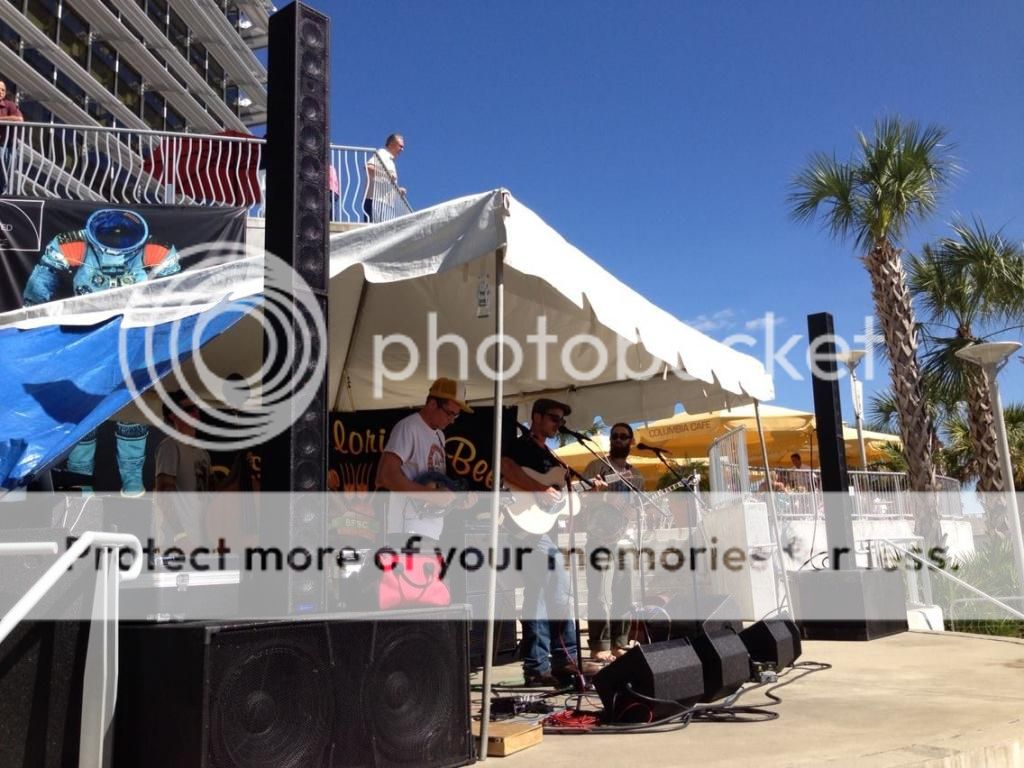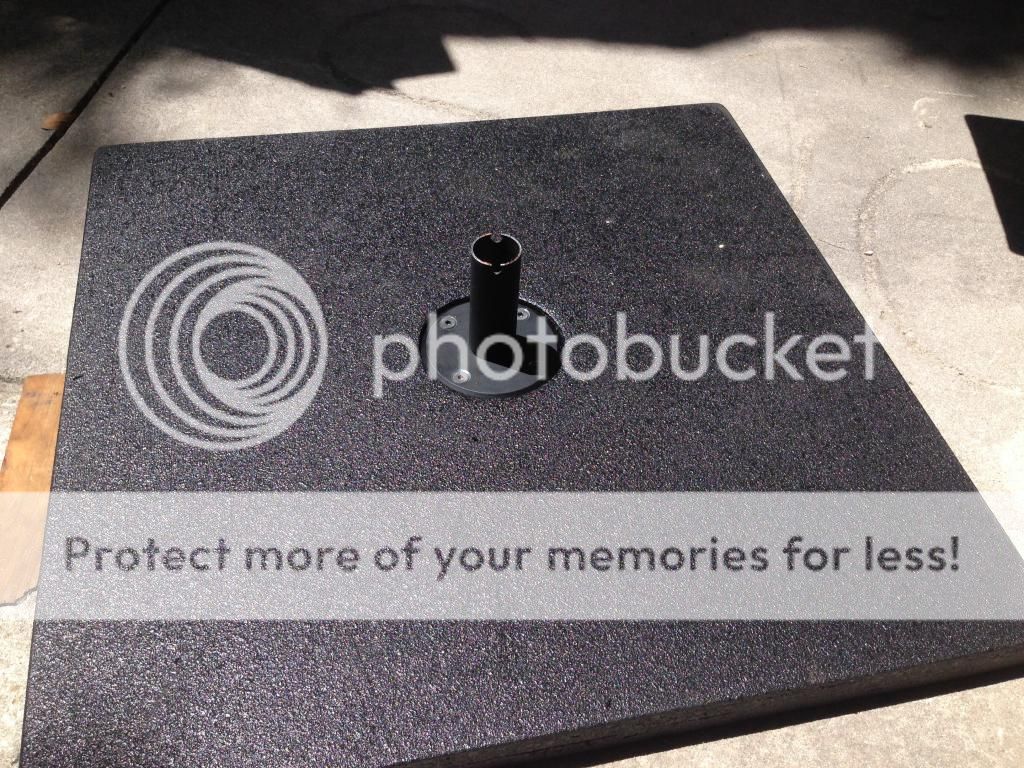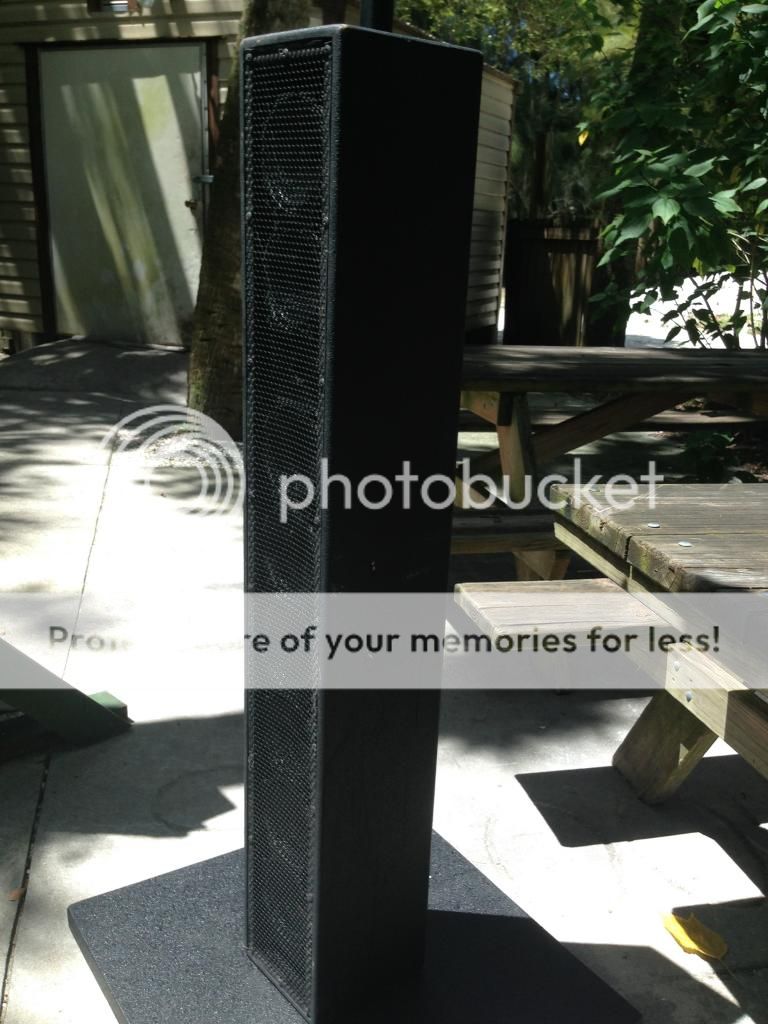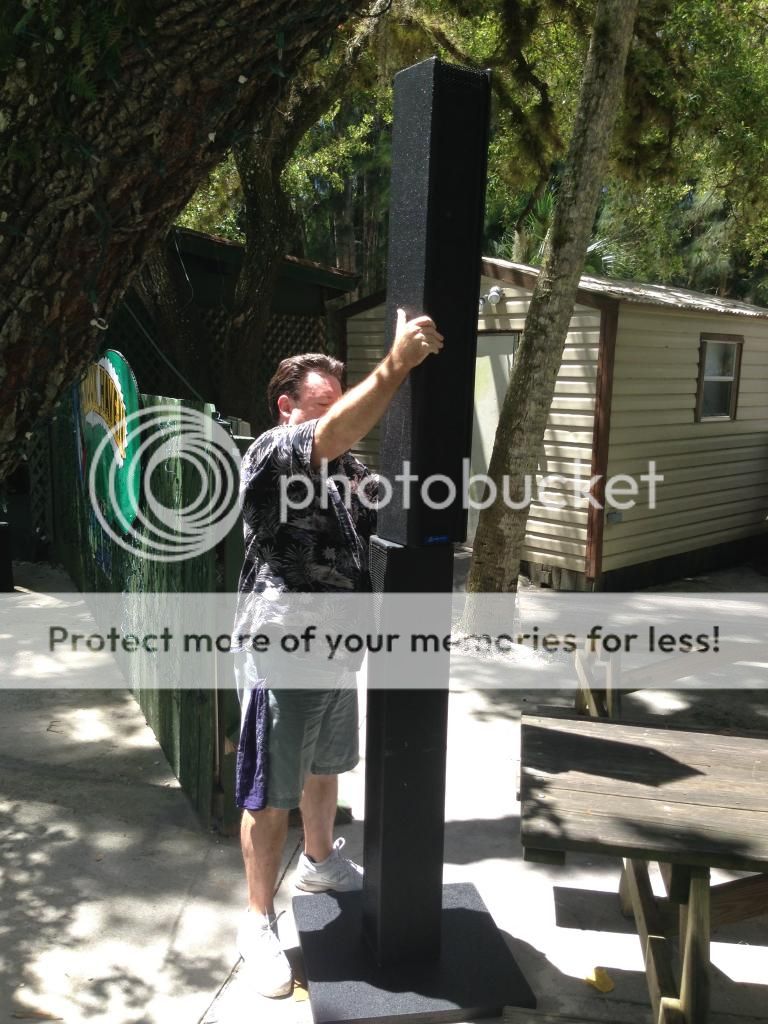Re: tall skinny speakers
Hello
I wrote to Ivan on 01 23 2014 about this thread - unfortunately he never answered - but while tis is a VERY interesting topic, which many of us must have experienced, I will put a copy of my message here for everybody to see - I am planning to build some "column-speakers" of the parts sitting on the shelves...
Hopefully new fuel to discussion.
Ivan - sorry - perhaps you never received my private message...
[h=2]Speaker radiation angle vs instrument radiation angle[/h]
Hello from Finland
I might have written you before - I am in Finland and we have Servodrive speakers including ContraBass. Tom found replacement motors on eBay for us and I bought them - problem solved.
I was reading the thread of tall skinny speakers last night. You were asking about how the high-frequency control was achieved - so far nobody has answered.
I share your notion, that with that kind of design the high frequencies must be a cardioid ( round pyramid ) that gets wider towards lower frequencies - thus no pattern control at all.
However the guy having used them on his gigs was really pleased with his speakers after using them for months.
So I came to think about properties of instruments - we have direct sound of i.e. a cello and reflected sound of the room. Now the reflected sound obviously depends of at lest two factors - radiation pattern of cello and reflection properties of the room. If the sum of all parts is pleasing to listener, we have a winner...
Same must apply for different sound systems - I am familiar with Danley Synergy horn - I have heard some home-made and even considered building some myself ( reason being I have hundreds of speaker-elements on shelve and have to figure a way to get rid of them ). Anyway - synergy horn must be great for aiming music on certain area with minimum spill outside and maximum fidelity inside. If we are happy with just maximum fidelity inside and do not care about the sound in the outside area, we might well get along i.e. "tall skinny" - or if the reflections in the room HAPPEN to be favorable for that kind speaker system.
For my gigs - there seems to be people hanging around on most gigs, that could not care less for what´s going on on stage - they are there because their buddies are there - kind of social event - they hang on edges of area and make their own noise..... Do they care about how it sounds ?
When I started some 30 years ago I had a system with dual 15 JBL 2225H woofer and four 8 JBL 2118J in line for mids plus JBL 2445J with 2380 horn for highs. It sounded fairly good in most places although the pattern control on that must have been more or less haywire also. Band was happy - audience was happy and I was happy - still after more then twenty years people pop up now and then and tell me how good it was back then.
To finish this long jargon I quote late finnish inventor Tapio Köykkä ( ortoperspekta - TIM - etc ) - he wrote some fifty years ago : "If measurements are good but it does not sound good we either do not measure enough many things or we are measuring wrong things." ( My free translation.... ) I also used to work at Studer in Switzerland 1972-73 and I do know the importance of measuring things to build quality products like we did way back then.
Thank you for your time.
Nuuska
Sorry-but either I did not get your message or was busy and forgot about it. Sorry it was the later.
Your suggestion does make any interesting argument.
The problem is that different instruments have different directivity factors. A violin is much more omni than a trumpet.
So there is no way a single loudspeaker could possible have a different directivity for each instrument.
So the best thing we could do would be to have the same directivity (or as close as possible) for ALL instruments.
You also have to consider what is the purpose of the sound system vs an instrument.
The instrument (no matter if it is a cello or an electric guitar) is to create a particular "sound". it is the goal of the sound system to reproduce that sound as goo as possible. Having a loudspeaker system that has as little interaction with the room (ie pattern control over a wide range of freq) is a good start towards that goal.
In my opinion-the sound system should not be part of the "creation" of the sound-only the reproduction of the sounds that are going into it.
So having a system that has a flat magnitude and phase response-pattern control (to help reduce the 'room effects") IS important.
Back in the day (mostly the 80s) I used a pile of JBL 2225s with 2445 drivers on 2380 horns. They worked well -or at least I remember them working well.
But then again my standards were different than they are now.
I would love to go back in time and listen to my old systems-as see if they were as I remembered.
Pattern control really matters when you are in a bad acoustic environment (reverberant or lots of echo) and trying to reproduce sounds accurately-especially speech.
Here is a link to an install that was done last week in a large live room. The recording was done on a hand held recorder at the back of the room. If you listen to the instruments you do not hear the room reverberation (specifically on the piano).
The speakers just on the inside of the large white columns in the room. They are darker in color and 5' tall.
https://www.facebook.com/ivan.beaver/posts/905929532769760
So I guess the "real answer" is-it depends on what you are trying to achieve in a particular situation.
A famous speaker manufacturer (whose name starts with B and ends with E) made a fortune by making speakers that bounce sound all around the room-supposedly giving it more of a "live sound".
The problem is that the people who recorded the material did not want that extra sound in the recording-or they would have put it in.
And what about the actual live recordings (ie a mic out int he room) that have lots of the "room sound" included in the recording? When you listen to that material you will be adding MORE reflections to the recording.
In either case-the sound you hear is NOT what the people who recorded it wanted you to hear.
Now whether you like that "false sound" is up to you. Some people like all sorts of things that are not real----------but we won't go there.

